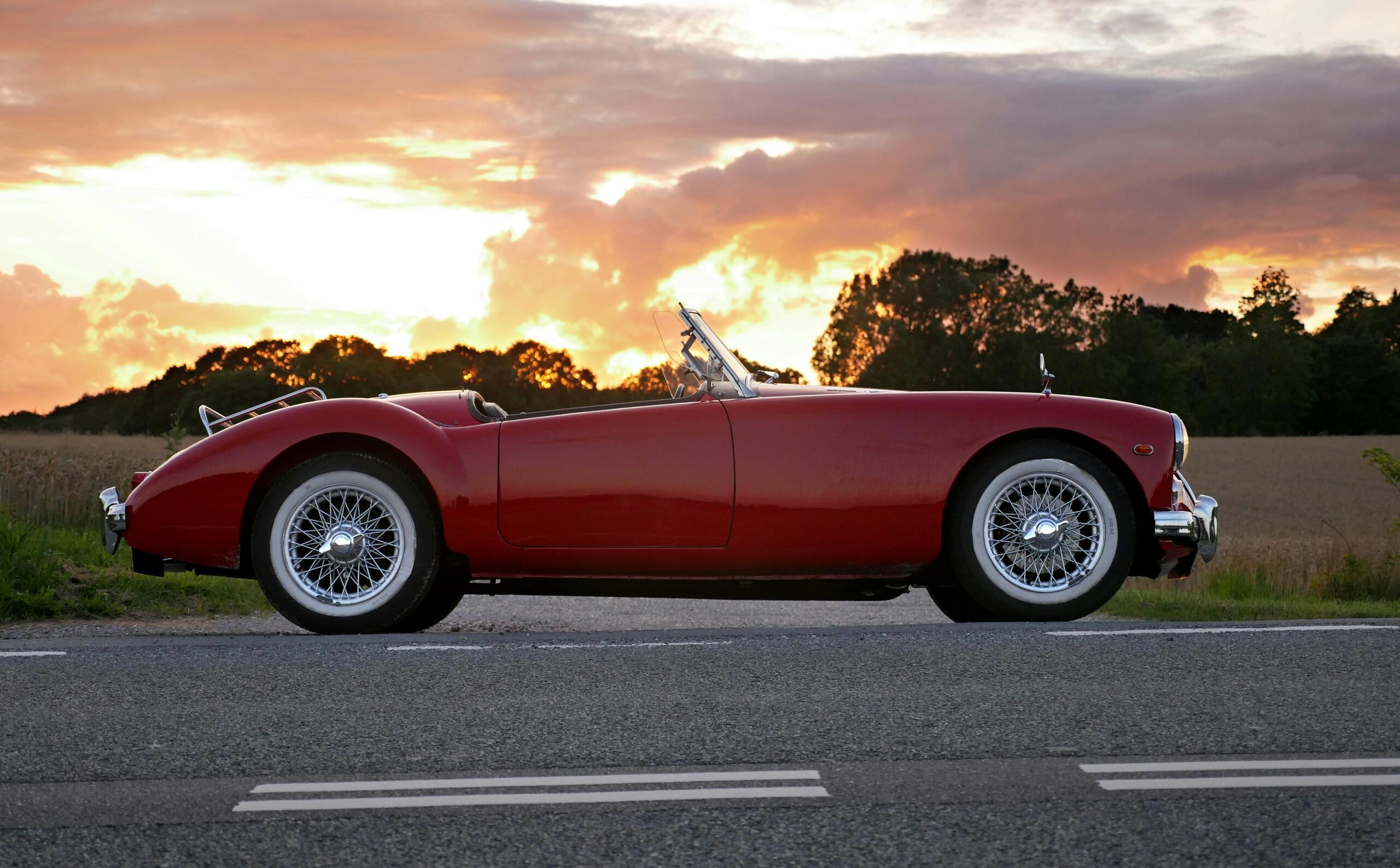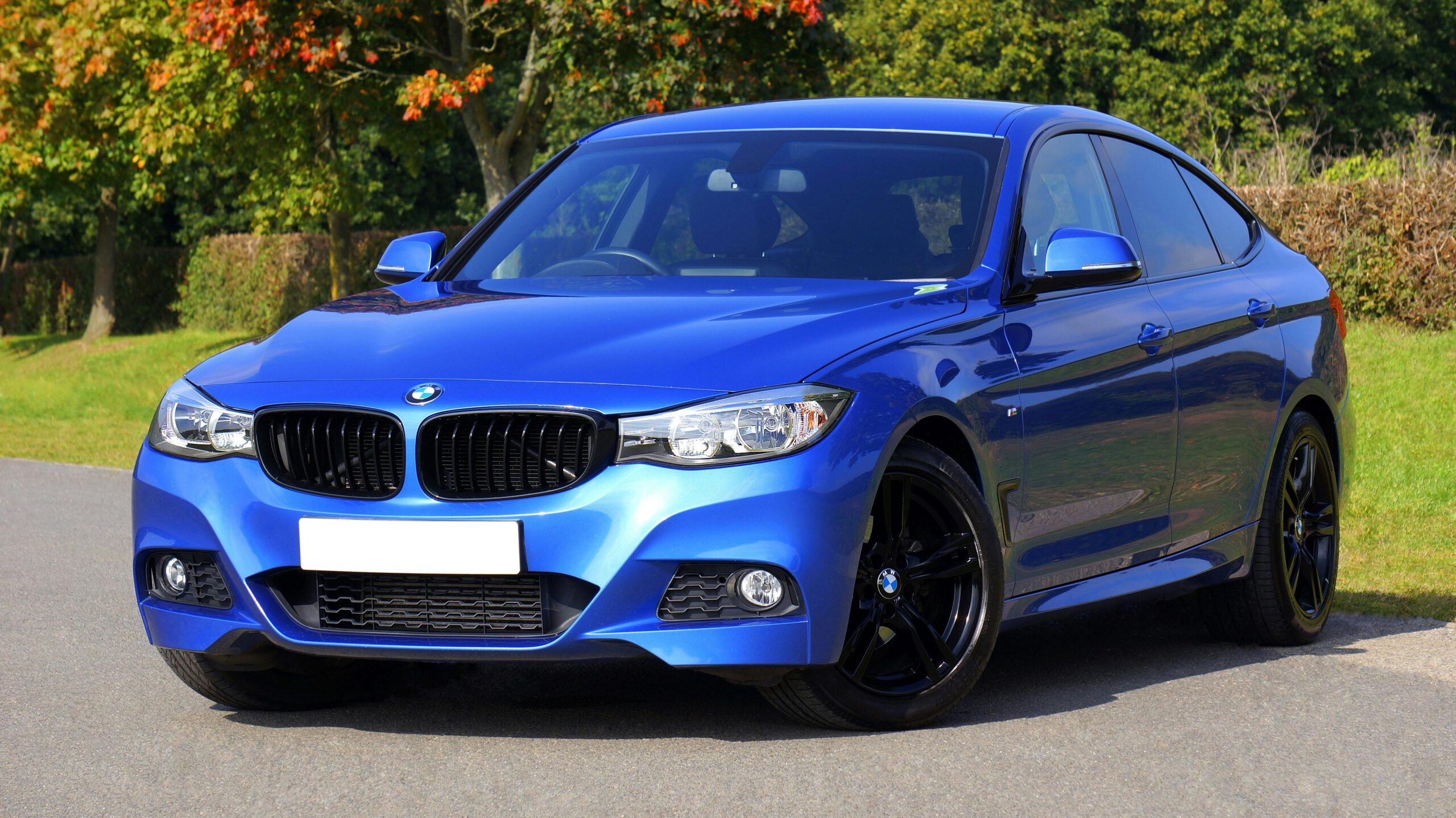
Golf is a game of precision and skill, where every aspect of your attire can influence your performance. While much attention is given to clubs and shoes, the fit of your pants is often overlooked. However, properly fitting golf pants are essential for comfort, mobility, and style on the course. In this article, we’ll delve into the nuances of how golf pants should fit to optimize your game.
Read also: Are Golf Pants Business Casual?
how should golf pants fit
Here’s what you need to know about how golf pants should fit:
Fit:
- Balance between comfort and mobility: Golf swings require a good range of motion. Choose pants that are comfortable but not too loose to restrict movement.
Styles:
- Regular fit: Offers a roomier feel, ideal for getting in and out of carts and for those who prefer a looser fit. Leg style is typically straight with a wider cuff.
- Slim fit: Provides a more modern, tailored look. Leg style usually tapers slightly towards the ankle for a sleeker silhouette.
Length:
- Traditional: Pants should reach the top of your shoes, with a slight break (single fold) at the ankle.
- Joggers: Designed to show some ankle, so choose an inseam 2.5-3 inches shorter than your regular pants.
Additional tips:
- Rise: Consider the rise (distance from the crotch seam to the waistband) for comfort. Low rise sits below the waist, mid-rise sits at the waist, and high rise sits above the waist.
- Comfort: Ultimately, the best fit is one that feels comfortable and allows you to swing freely without restriction.
Remember, these are general guidelines. Experiment with different fits and styles to find what works best for you and your personal preference.
Golf pants

-
Belt loops: These loops hold your belt in place.
-
Front pockets: Stash your phone, wallet, or other essentials in these pockets.
-
Pleat: This fold gives you more room to move freely.
-
Fly: This opening lets you get in and out of the pants easily.
-
Inseam: Measure from your crotch seam to the bottom of the hem to find your inseam length.
-
Leg panel: This piece of fabric forms the front of your leg from knee to ankle.
-
Cuffs: The folded hems at the bottom of the legs.
-
Rise: This measurement determines how high the pants sit on your waist.
I hope this is clearer!
Read also: What Are Golf Shirts Made Of?
Tips for Trying On Golf Pants
When it comes to finding the perfect pair of golf pants, the fitting process is crucial. Here are some tips to ensure that you find pants that not only look great but also provide the comfort and mobility you need on the course:
1. Know Your Measurements
Before you start trying on golf pants, take accurate measurements of your waist, inseam, and hips. This will help you determine which sizes to try and ensure a proper fit.
2. Try Different Sizes
Don’t be afraid to experiment with different sizes to find the best fit for your body type. Remember that sizing can vary between brands, so it’s essential to try on multiple sizes to find the perfect match.
3. Pay Attention to the Waist
The waistband of your golf pants should sit comfortably at your natural waistline without feeling too tight or too loose. Avoid pants that dig into your skin or require a belt to keep them in place, as they can restrict movement and cause discomfort during your swing.
4. Check the Length
The length of your golf pants is crucial for both aesthetics and functionality. They should reach just above the top of your shoes with a slight break at the front. Avoid pants that drag on the ground or expose your socks, as they can disrupt your overall look and impede your movement on the course.
5. Evaluate the Fit Around Hips and Thighs
Golf requires a wide range of motion, particularly in the hips and thighs. Pay attention to how the pants fit around these areas, ensuring that they offer enough room for movement without feeling overly baggy. Look for a tapered or straight-leg fit that allows you to bend, twist, and pivot with ease during your swing.
6. Move Around
Once you’ve found a pair of golf pants that you like, take the time to move around in them. Practice your golf swing and walk around the store to ensure that the pants allow for unrestricted movement and feel comfortable in motion.
7. Consider the Fabric
Pay attention to the fabric of the golf pants you’re trying on. Look for materials that are lightweight, breathable, and offer stretch for maximum comfort and mobility on the course. Moisture-wicking fabrics are ideal for keeping you cool and dry during long hours on the course.
8. Check for Comfort
Ultimately, the most important factor to consider when trying on golf pants is comfort. If the pants feel restrictive or uncomfortable in any way, they’re not the right fit for you. Trust your instincts and choose pants that feel like a second skin, allowing you to focus on your game without distractions.
By following these tips and taking the time to try on multiple pairs of golf pants, you can find the perfect fit that enhances your performance and style on the course. Don’t settle for anything less than pants that provide the comfort, mobility, and confidence you need to play your best game.
Read also: How Much Does It Cost to Extend Golf Clubs?
Understanding Proper Fit
Waist: Finding the Right Measurement
The waist is where proper fit begins. Golf pants should sit comfortably at your natural waistline, without feeling too tight or too loose. To determine the right size, measure around your waist where your pants typically sit. Avoid pants that dig into your skin or require a belt to keep them in place, as they can restrict movement and cause discomfort during your swing.
Length: Ensuring the Right Hemline
The length of your golf pants is crucial for both aesthetics and functionality. Ideally, they should reach just above the top of your shoes, with a slight break at the front. Pants that are too long can drag on the ground, while those that are too short may expose your socks, disrupting your overall look. Finding the right length ensures a clean silhouette while allowing for unrestricted movement during your swing.
Fit Around Hips and Thighs: Balancing Comfort and Mobility
Golf is a dynamic sport that requires a wide range of motion, particularly in the hips and thighs. When trying on golf pants, pay attention to how they fit around these areas. They should offer enough room for movement without feeling overly baggy. Opt for a tapered or straight-leg fit that allows you to bend, twist, and pivot with ease without excess fabric getting in the way.
Read also: Golf ball
Are golf pants supposed to be tight?
No, golf pants are not supposed to be tight. While some styles might have a slightly tapered leg for a more modern look, they should still allow for comfortable movement and a good range of motion.
Here’s why tightness is undesirable:
- Restricted swing: Tightness can hinder your swing mechanics, limiting your power and accuracy.
- Discomfort: Tight pants can be uncomfortable to wear, especially during a long day on the course.
- Heat and sweat: Tight clothing can trap heat and sweat, making you feel hot and uncomfortable in warm weather.
Instead, your golf pants should feel comfortable and allow for a full range of motion throughout your swing and movement on the course. Choose a fit that flatters your body type and personal preference, whether it’s a classic regular fit or a more modern slim fit, as long as it offers comfort and freedom of movement.
Choosing the Right Fabric
Breathability: Importance During Long Hours on the Course
Golf is often played in warm weather conditions, making breathability a key factor in choosing the right fabric for your pants. Look for materials that wick moisture away from the skin and promote airflow to keep you cool and comfortable throughout your round. Lightweight, moisture-wicking fabrics such as polyester blends or performance cotton are ideal for hot days on the course.
Flexibility: Ensuring Ease of Movement
In addition to breathability, flexibility is essential for unrestricted movement during your swing. Stretch fabrics such as spandex or elastane blends offer the perfect combination of comfort and performance, allowing you to move freely without feeling restricted by your pants. Look for pants with a slight stretch that adapts to your body’s movements, ensuring a full range of motion with every swing.
Durability: Factors to Consider for Longevity
While comfort and flexibility are essential, durability should not be overlooked when selecting golf pants. Choose high-quality fabrics that can withstand the rigors of regular play and repeated washings without losing their shape or color. Reinforced stitching and abrasion-resistant materials are also worth considering, especially if you’re an avid golfer who spends a lot of time on the course.
Styles of Golf Pants
Traditional vs. Modern Designs
When it comes to style, golf pants come in a variety of designs to suit different preferences and tastes. Traditional styles feature classic cuts and neutral colors, while modern designs offer sleeker silhouettes and bold patterns. Whether you prefer a timeless look or want to make a statement with your attire, there are plenty of options available to reflect your personal style on the course.
Preferences Based on Climate and Personal Style
Your choice of golf pants may also be influenced by the climate in which you typically play. Lightweight, moisture-wicking fabrics are ideal for hot and humid conditions, while thicker, insulated pants provide warmth in colder weather. Consider investing in a variety of styles to accommodate different seasons and climates, allowing you to play comfortably year-round while maintaining your signature look.
Maintenance of Golf Pants
Washing and Drying Instructions
To prolong the life of your golf pants, it’s important to follow proper care instructions. Always check the label for specific washing and drying recommendations, as some fabrics may require special treatment to maintain their quality and performance. Wash your pants in cold water on a gentle cycle and avoid using bleach or harsh detergents that can damage the fabric. Hang them to dry or use a low heat setting in the dryer to prevent shrinkage and preserve the elasticity of stretch fabrics.
Tips for Maintaining Fabric Integrity
In addition to washing and drying, there are several other steps you can take to keep your golf pants looking and feeling their best. Avoid ironing them at high temperatures, as this can cause the fabric to become shiny or lose its shape. Instead, use a steamer or iron on a low heat setting to remove wrinkles without damaging the material. Store your pants flat or folded neatly to prevent creasing, and avoid exposing them to direct sunlight for prolonged periods, as this can cause fading over time.
Conclusion
Properly fitting golf pants are essential for comfort, mobility, and style on the course. By understanding the key factors that contribute to a good fit and choosing high-quality fabrics that promote breathability, flexibility, and durability, you can optimize your performance and look your best every time you tee off. Remember to take the time to try on multiple styles and sizes to find the perfect pair for your body type and personal preferences. With the right fit, you’ll feel confident and comfortable on the course, allowing you to focus on what matters most – enjoying the game.
FAQs
- What size golf pants should I buy?
- It’s best to refer to the sizing chart provided by the manufacturer and measure your waist accurately to ensure a proper fit.
- How do I know if golf pants are too tight?
- If you feel restricted in your movements or if the pants dig into your skin, they’re likely too tight.
- Can I wear regular pants for golf?
- While you can technically wear regular pants, golf-specific pants are designed with features such as stretch fabric and moisture-wicking properties to enhance your performance on the course.
- How often should I wash my golf pants?
- It’s recommended to wash your golf pants after each round to remove sweat, dirt, and odor, especially if you play in hot or humid conditions.
- Are there different styles of golf pants for men and women?
- Yes, there are golf pants designed specifically for men and women, with variations in fit, cut, and style to accommodate different body types and preferences.








